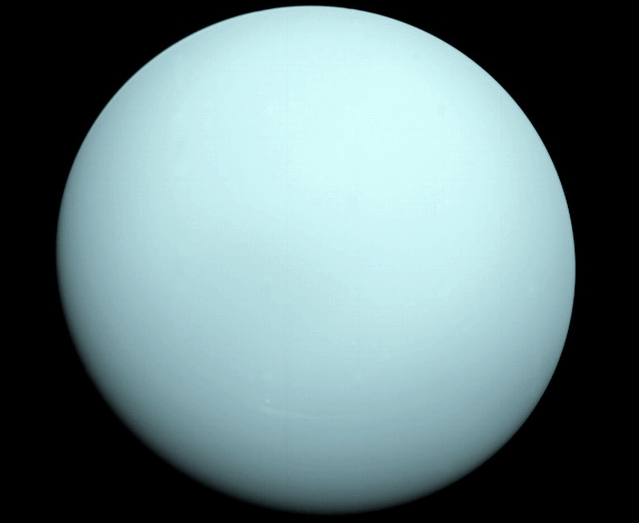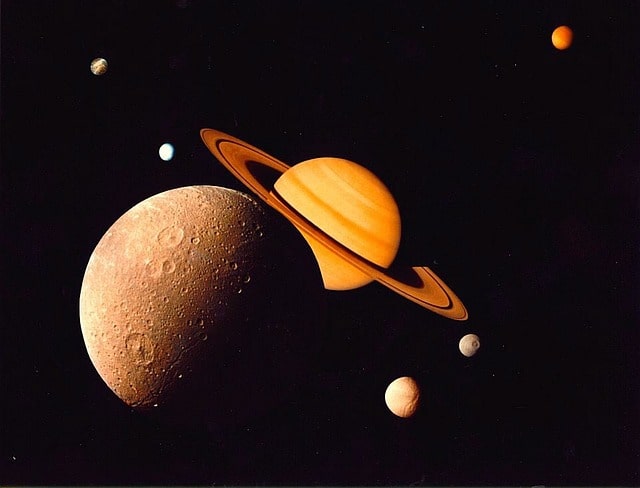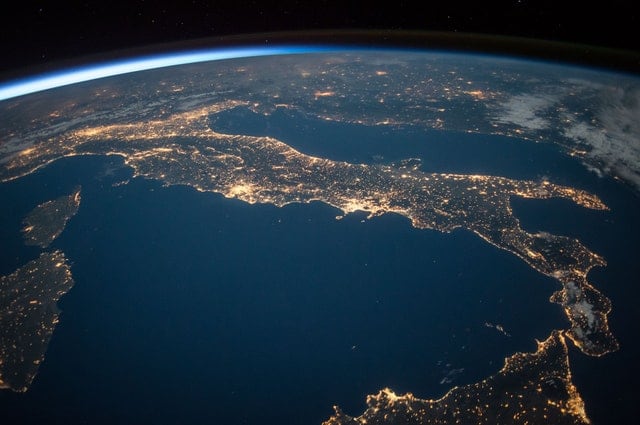20+ Splendid Facts About Black Holes That Will Stir Your Curiosity

The term ‘black hole’ is one used by space scientists to describe places in space where the force of gravity is so great that all matter in a region is squeezed into tiny spaces, to the extent that even light cannot travel! Black holes are often regarded as regions in space where virtually nothing can escape. Amidst the myths and mysteries that abound on the subject of black holes, you would find the following carefully 25+ compiled facts about black holes enlightening and intriguing.
20+ Splendid Facts About Black Holes
Fact 1: The force of gravity is so high in Black Holes that it causes gravitational time dilation. This is a phenomenon in which time slows down because of gravitational pull. An interesting fact is that time dilation can also occur when velocity increases, usually experienced by astronauts. This is referred to as ‘velocity time dilation’.
Fact 2: Black holes possess an event horizon! An event horizon refers to the region around a black hole beyond which an object would be sucked in under the influence of the high force of gravitational pull resident in black holes. Objects at the boundary of this horizon are perfectly safe, but exceeding the boundary gives the body over to the high force of the gravitational pull.
Fact 3: Black holes have a very high density. You could picture it as trying to fit Earth into a small sphere of about 9 millimeters in diameter. The mass is tightly packed within an incredibly tiny space. Thus, density, being the mass per unit volume of space is very high.
Fact 4: Black Holes keep growing because anything (liquid, gas, or solid matter) that crosses the event horizon is sucked in. Thus, Black Holes have the potential to grow infinitely large and are known as supermassive Black Holes when they have sucked inconsiderable amount of matter in comparison to other black holes.
Fact 5: Stephen Hawking theorized that Black holes lose their mass in the form of radiations and after some period of constant loss of mass as radiation, they eventually evaporate.
Fact 6: Black Holes shrink down to a size smaller than the size of an electron (a sub-atomic particle). At this stage, it reaches a size known as Planck Length (1.62 x 10-35m). This length is the quantum size limit. Theoretically, no object can be smaller than this and there is no instrument that can measure.
Fact 7: The event horizon is just the boundary of the Black Hole, not the core of the Black Hole. The core of the Black Hole is referred to as ‘Singularity’. The point of Singularity is the ultimate destruction point, nothing escapes intact. Absolutely nothing can survive at that point!
Fact 8: As one moves closer to a Black Hole, things simply get distorted. The immense gravitational pull of the Black Holes has the ability to distort space itself. This distortion is profound because Black Holes spin rapidly it is nothing but an infinite regression of distortions.
Fact 9: Stars spin and continue to do so even after their death. This indicates that they keep spinning even after they have become Black Holes. The resulting black hole keeps spinning faster and faster as they keep evaporating and eventually shrink to Planck Length. Even when they achieve the Planck Length, they keep spinning. The spin and the incredibly high gravitational force, therefore, distort everything around them (objects within the event horizon).
Fact 10: Space scientists have postulated that anything that can travel faster than the speed of light (3 x 108ms-1) can escape the black hole! However, the speed of light is yet to be exceeded by any object.
Fact 11: A directly proportional relationship exists between the size and mass of a Black hole. However, trying to measure the size of a black hole might be an exercise in futility. Thus, an alternative method of obtaining the measurement is known as ‘Schwarzschild radius’.
Fact 12: The closest black hole to Earth about 16 quadrillion kilometers away. This equals to about 1,600 light-years (A light year is equivalent to the distance that light travels in a mean solar year).
Fact 13: There is a supermassive black hole at the center of our Milky way (i.e the galaxy to which our solar system belongs). The black hole is referred to as ‘Sagittarius A*’ The point of a singularity of Sagittarius A star has a mass equivalent to the mass 4 million solar system. The black hole is at a safe distance of approximately 30,000 light years away from us on Earth.
Fact 14: The Black Hole at the center of our Milky Way (Sagittarius A*) according to space scientists, came to life after a star exploded about 2 million years ago! That event is known as ‘Seyfert Flare’.
Fact 15: Radiations from the Seyfert Flare about 2 million years ago was about 100 million times more powerful than the remaining radiation we experience today. Scientists believe that the explosion must have been so big it was actually visible from Earth!
Fact 16: It has been discovered that contrary to popular opinion, the black hole does not only suck but have the ability to emit materials. The speed of emission is about the same as the speed of light (about 3 x 108m/s)
Fact 17: A typical example of an emitting black hole was sighted by scientists at a distance of about 1.5 billion light-years from Earth. However, it is not located within our galaxy. The discovery was made using an array of advanced radio telescopes. The telescopes are so powerful to the extent that materials emitted by the Black Hole were blown right out of the galaxy.
Fact 18: A recent study by space scientists revealed that even the supermassive Black Hole living at the heart of our galaxy- Sagittarius A*- emits material too. These emitted materials are energetic particles shot out in space along the spin axis of the Black Hole creating an impression of a straight beam right through the center of the Black Hole.
Fact 19: Black holes look much more like spheres than funnels (as commonly illustrated in most textbooks).
Fact 20: Whenever an object or body crosses the event horizon of a black hole, it is not crushed but stretched under the intense force of gravity present in the black hole. Interestingly, this stretching process is referred to as ‘spaghettification’.
Fact 21: Black holes are not exactly the same. There are three major classes into which black holes can be classified based on the amount of energy exerted by blackholed when they distort space i.e Electrical black holes, Simple spinning black holes and Spinning electrical black holes.
Fact 22: Static sounds can be detected around the event horizon of black holes. The sound could be attributed to the immense gravitational pull which breaks down particles in the black holes environs traveling at the speed of light!
Fact 23: Life-supporting elements such as Iron and Carbon are believed to be produced from objects broken into sub-atomic particles in the event horizon of a black hole.
Fact 24: Contrary to popular belief that Albert Einstein was the developer of the theory of black holes, Pierre-Simon Laplace (1796) and John Mitchell (1783) were the first people to propose the concept of ‘dark stars’.
They described black holes as objects which when compressed into a small radius would exhibit an escape velocity which exceeds the speed of light. However, John Wheeler, in the 20th century, coined the term ‘black hole’ and described it as an object which absorbs all the light reaching it without reflecting any portion.
Sources:
- Black holes. Retrieved from: https://science.nasa.gov/astrophysics/focus-areas/black-holes
- Black holes: Facts, Theory & Definition. By Nola Taylor Redd (2017, October, 20). Retrieved from: https://www.space.com/15421-black-holes-facts-formation-discovery-sdcmp.html





